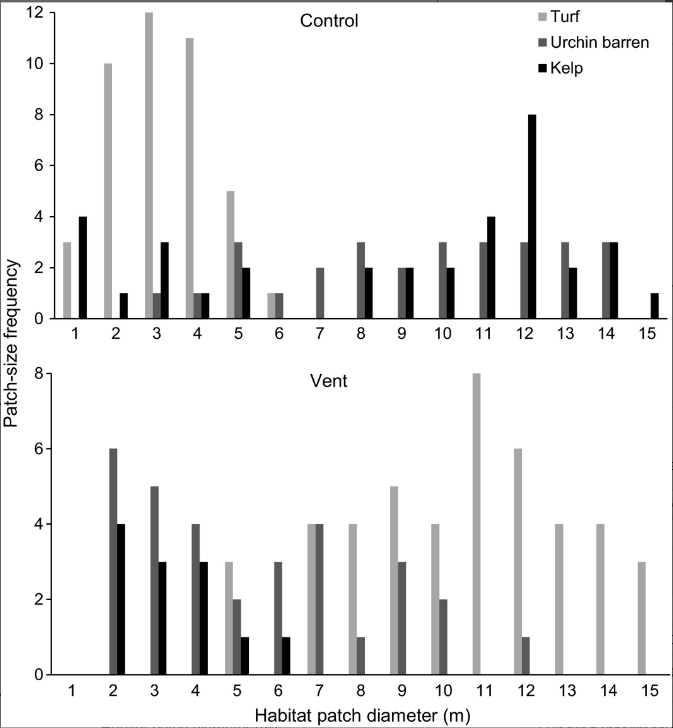Image of Mazzaella laminarioides by M. Graham.
We’ve lost count of how many times we’ve been asked about carrageenan and it’s ability to cause cancer. Controversy swirls around this molecule and it’s easy enough to google ‘carrageenan’ to find calls for banning its use. For those of you unwilling to read the entire post, let us summarize that carrageenan does not cause cancer! Like any good conspiracy theory, the claim is built off of a grain of truth. A study referencing the wrong molecule exaggerated it’s effects and became sensationalized by the media. That study has been refuted numerous times by a variety of academic and government agencies. However, the damage was done, and the internet is a very unforgiving place for misguided information. We will review the uses, definitions, and conflicting studies behind this controversy.
What Is Carrageenan?
Carrageenan is a component of some red seaweeds most notably Chondrus crispus, also known as Irish moss. The molecule itself is a sugar, a polysaccharide to be exact. There are a variety of carrageenans that are described by their bonding configuration and molecular weights (Mw). These varieties, like most molecules, can take their shape through chemical processing to fulfill different functions. Typically, carrageenan refers to the sugar used in the food industry (Mw 200k-800k Da) as a thickening agent, and can be found in many common household items. The sugar is also non-digestible to humans (stay tuned for upcoming post) making it a sought after additive for low calorie sweets treats. Irish moss has been harvested for over 14,000 years for human consumption, and carrageenan has been used as a thickening agent since at least the 19th century.
Where is the grain of truth?
Dr. Joanne K. Tobacman is the most cited reference in carrageenan attacks. In 2001, she published a review of carrageenan and it’s effects on health in the journal of Environmental Health Perspectives. She cited a study from 1982 that linked degraded carrageenan (also known as carrageenan gum or poligeenan Mw 20k-40k Da) to cancer in lab animals. In her review she also cited a number of papers investigating degraded carrageenan causing intestinal inflammation leading to ulcers and lesions. In her paper, Dr. Tobacman suggested that the use of carrageenan be reviewed by the FDA and change the restrictions to the molecular weight requirements as a food additive.
The rebuttal
It turns out that the term carrageenan was misused in the previous studies. Dr. Myra L. Weiner published a paper refuting Dr. Tobacman in 2016 in the journal of Food and Chemical Toxicology called ‘Parameters and pitfalls to consider in the conduct of food additive research, Carrageenan as a case study’. Dr. Weiner’s followup paper in 2017 again stated the importance of defining the molecule in question and illustrated the root of the issue in regards to carrageenan. Dr. Weiner laid out the argument that previous studies misused the name carrageenan by confusing degraded carrageenan and poligeenan with non-degraded carrageenan, lacking fundamental understanding of physical/chemical and toxicological properties. Non-degraded carrageenan is used as a food additive, while degraded carrageenan and poligeenan are not. The process to degrade carrageenan requires high heat (95C) and acid (<1pH) which neither occur within the human body. Weiner concluded that the non-degraded form of carrageenan, typically refereed to simply as carrageenan, was perfectly safe for food use and it has continued to be used to this day.
Going forward
The FDA supports carrageenan use and classifies it as meeting organic standards. The EU has also re-evaluated carrageenan as safe, with a clear banning of poligeenan defined by molecular weights. However, there is still pressure to remove the sugar from commercial products. There are still hundreds of ‘nutrition/ health’ articles out there sounding alarm bells to not use products containing carrageenan.
We certainly understand the importance of understanding the food you are consuming, and it’s a shame that some companies have caused such distrust among consumers. There has been so much positive change recently to correct this consumer trust, but there is still a long way to go. The wealth of information on the internet is daunting and confusing when it comes to nutrition. We have embedded all the links to the actual publications and government reports within this post. You can read the letter from the FDA to Tobacman rejecting her petition to ban carrageenan.
TAKE HOME MESSAGE: The production of carrageenan is in fact another safe and positive reason to support the rise of seaweed farming in the US and globally. If you hear otherwise, you are probably reading an article recycling the misinformation described above. Always check with your source ….



